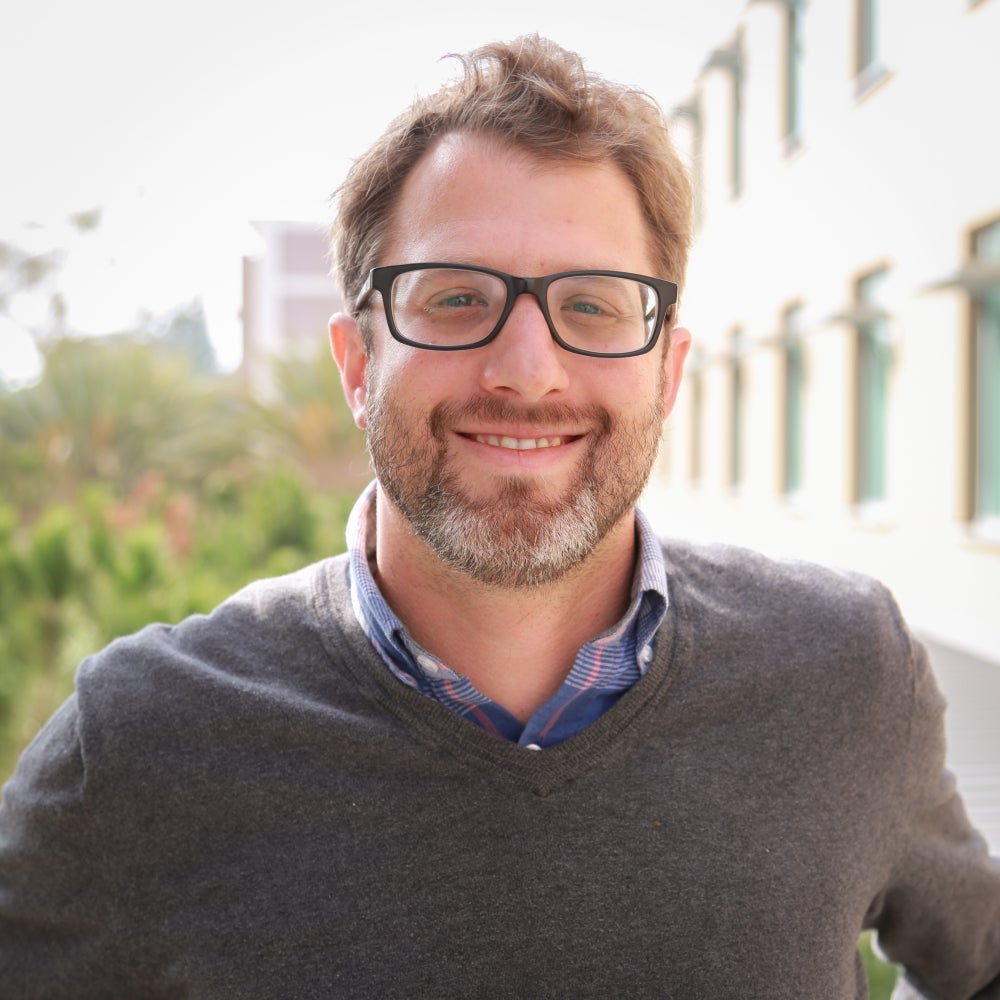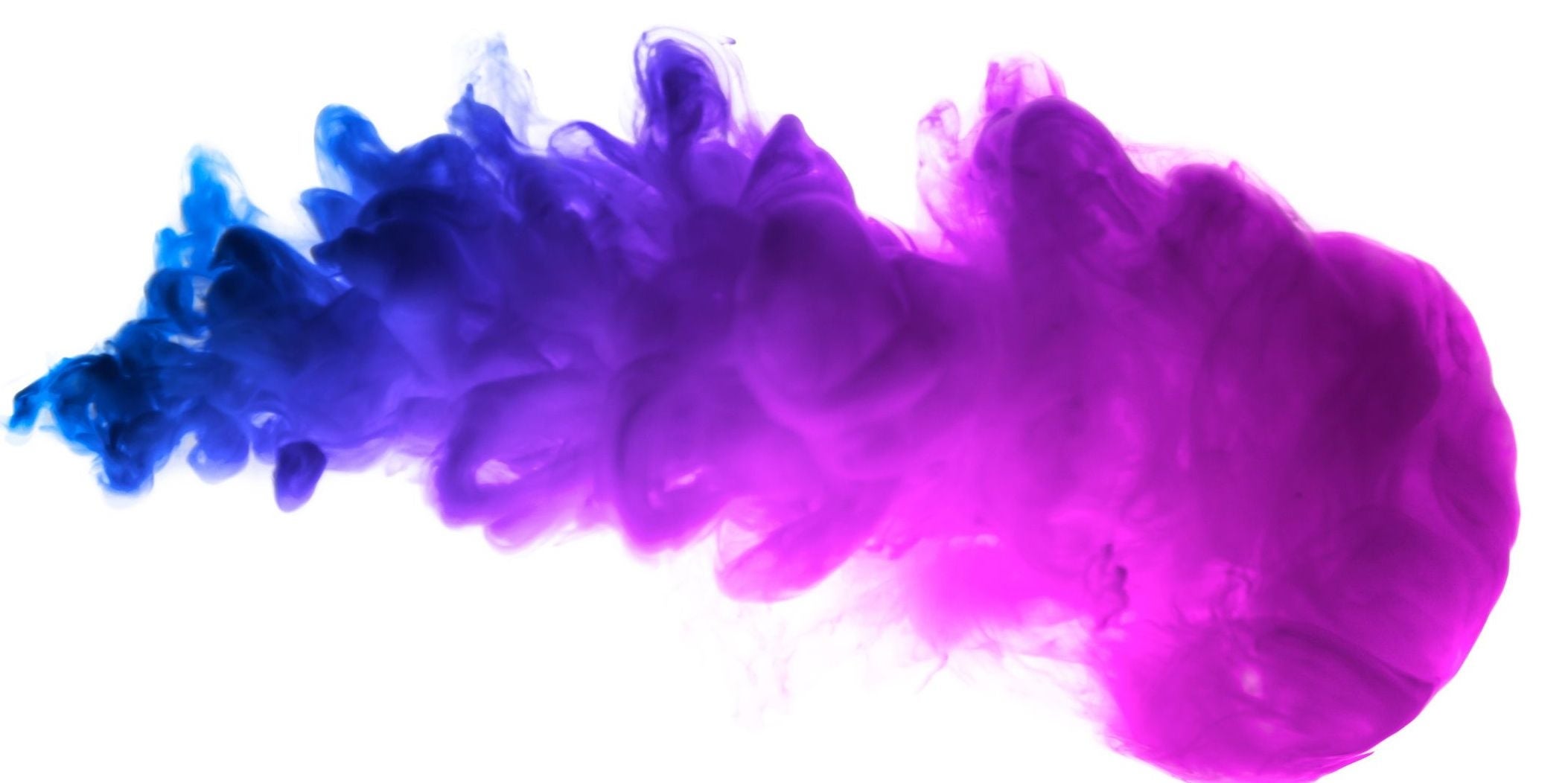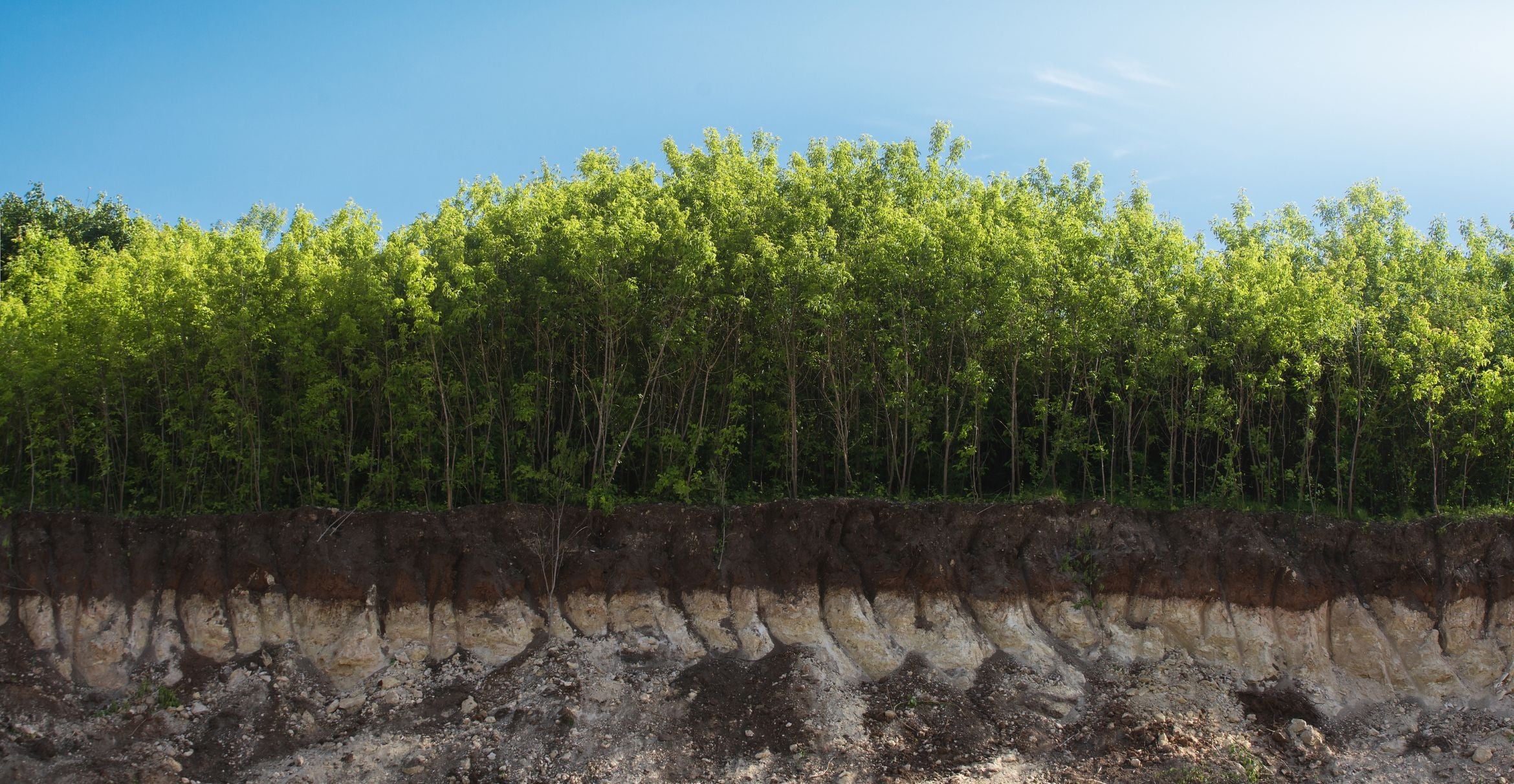
Looking into the Light
Light: It’s all around us and is an integral part of our daily lives. Yet it continues to surprise us with its distinctive properties, such as how its various wavelengths can be utilized for imaging things invisible to the naked eye, or how it can store and transmit massive amounts of data, or how it can generate energy.
Such beneficial manipulation of light is the purview of Jon Schuller, UC Santa Barbara assistant professor of electrical and computer engineering, who has received a National Science Foundation CAREER Award to study how light interacts with certain materials, particularly those with complex and asymmetric molecular arrangements, such as plastics.
“Getting the CAREER Award is a great honor,” said Schuller. “It’s a great validation for me and my work as a young researcher.”
The award, which amounts to $500,000 over five years, will allow Schuller and his research group to examine the interactions between light and possible alternative semiconducting materials. Whereas conventional photonic (light-manipulating) materials such as silicon crystals tend to exhibit uniform optical behaviors in all directions (isotropic), other materials, including plastics, have optical properties that differ by direction (anisotropic).
Schuller’s research group will focus on examining the complex optical properties of organic (carbon-based) materials such as plastics. Their findings could in turn lead to developments that could enhance the performance of organic photonic devices. Additionally, the research could open new doors to the manufacture of low-cost, lightweight and flexible semiconductors that can harness and manipulate light for various applications.
“As optical engineers, we’ve been limited for the last 200 years to this very small subset of materials that nature gives us,” Schuller said. “And so what we try to do is build materials that have properties that are not found in nature.” The potential applications for these not-found-in-nature materials could be found in the field of very high-resolution imaging, next-generation telecommunications technology and energy production and storage.
In addition to supporting scientific research, the grant will fund various associated educational and outreach-oriented efforts, including an ongoing initiative called "The Art of Science," an annual competition that encourages researchers to express the beauty that can be found in scientific investigations. Already in its second year, the contest features the work of students who have displayed their art at the UCSB Library and the Santa Barbara Museum of Art.
The NSF’s Faculty Early Career Development (CAREER) Program is a foundation-wide activity that offers the National Science Foundation’s most prestigious awards in support of junior faculty who exemplify the role of teacher-scholars through outstanding research, excellent education and the integration of education and research within the context of the mission of their organizations. Such activities should build a firm foundation for a lifetime of leadership in integrating education and research.



